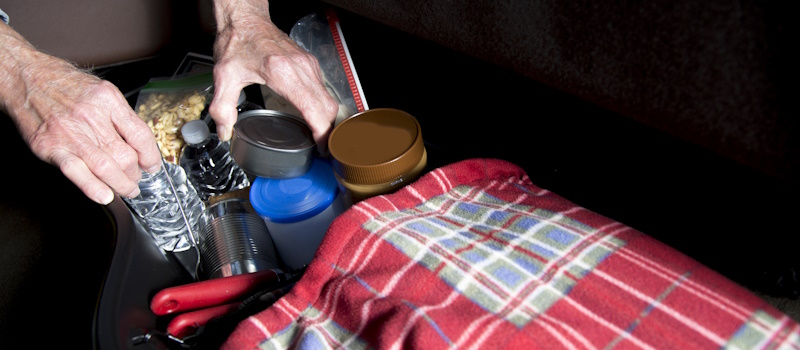Storm Preparation for Your Car
Storm Preparation for Your Car

Storm Preparation for Your Car
Whether it's a hurricane, tornado, blizzard, or other severe weather event, millions of vehicles are impacted by such each year. Up to hundreds of thousands of vehicles may be damaged in hurricanes and flood water and blizzards can bring traffic to a complete standstill for hours at a time.
During severe weather, much of the discussion revolves around people being safe. But it's also important to safeguard your property, including your vehicles. In this post, we'll cover how to prep your vehicle for severe weather and what to do if you're on the road when it hits.
Prepping Your Vehicle for Inclement Weather
Review Your Insurance Policy
Whether severe weather is predicted or not, periodically reviewing your auto insurance policy is always a good idea. Comprehensive vehicle coverage offers payment for non-accident-related incidents, such as vehicle theft and damage caused by weather. Contact your insurance agent or review your policy to understand your coverage limits and whether you need to adjust them based on the frequency of severe weather in your area.
Park in a Safe Space
If inclement weather is on the way, take the precautions you can. One of the simplest ways to prep your vehicle for severe weather is to make sure you're parking it in a safe spot. Usually, this is a covered area, like a garage or carport, that can offer protection from heavy rain and hail. If there's a risk of a flood, consider parking your vehicle in an elevated area — perhaps located off your property — where it won't be harmed by flood waters.
On the Road? Drive Safely
For whatever reason, sometimes you can't avoid travel during inclement weather. And if you are on the road in the middle of a blizzard or a severe thunderstorm, you want to be on the road safely. Here are some tips:
- If visibility is impeded or you feel unsafe while driving, pull your vehicle over to the shoulder, a nearby parking lot, or another safe area and put on your hazard lights until the situation passes or lets up.
- Pack an emergency kit in your vehicle in the event that you're stranded for a period of time during a weather event. A good emergency kit should include items such as non-perishable foods, bottled water, a first aid kit, a blanket, a flashlight, and a basic tool kit, among others.
- Don't leave your vehicle.
Maintain Your Vehicle
Maintenance is another important part of vehicle storm prep. Good tires with adequate tread are important if you're caught driving in a storm. If you live in a climate subject to winter weather, you should even consider changing your all-season tires to winter tires during the cold weather months.
Also, be sure that your windshield wipers are in good condition. Windshield wipers tend to wear easily, and it's suggested to replace the wiper blades every 6 to 12 months.
